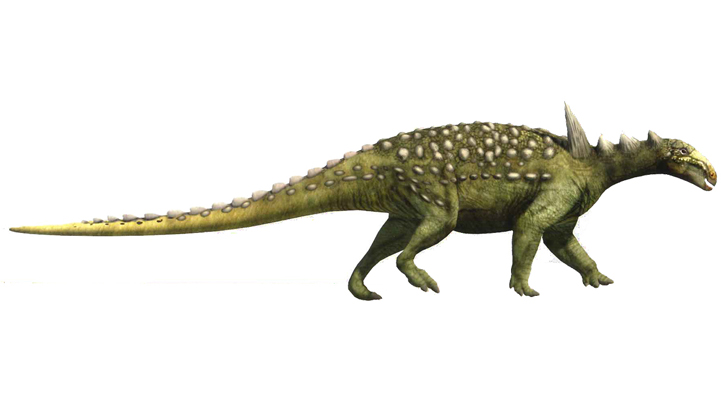Cairanoolithus: a Large Egg for a Small Dinosaur With Wide Hips

Author: Oscar Sanisidro/ICP.
Albert G. Sellès
Institut Català de Paleontologia Miquel Crusafont (ICP)
comunicacio@icp.cat
It is an arduous task for paleontologists to assign the fossil eggs they found in excavations to a certain dinosaur species or group of dinosaurs, especially because the lack of bones of the parents in the nests and the low probability to find embryonic remains that would help in the taxonomic assignation of the eggs. Thus, we often do not known who laid a certain fossil egg. These limitations have led scientist to design a specific system for naming and classifying fossil eggs, using concepts such as "oogenera" and "ooespecies" for its phylogenetic classification.
|
|
|
| Figure 1: Cairanoolithus egg. Source: ICP. | |
In a study published in the journal Historical Biology, paleontologists from the ICP refuse this assignment after the analysis of the microstructure of the shell of Cairanoolithus. “Through the microscope we observe nearly smooth egg-surface and a pore system usually seen in ornithischian eggs, not in sauropod ones", says Albert G. Sellés, author of the study. Ornithischia is a very diverse group of dinosaurs that includes well-known forms such as Triceratops and Iguanodon. In Europe, the most abundant group of ornithischians is Hadrosauria (or duckbill dinosaurs). "The most puzzling question, however, is that in the period in which Cairanoolithus occurs, there were no hadrosaurs in Europe!" said Sellés. So, who laid those eggs?
|
|
||
| Figure 2: Images of the surface (A,D,G and J), section (B,E,H and K) and the pore system (C,F,I and L) of different types of dinosaur eggs. First line (A,B and C) is Cairanoolithus. Source: ICP. | ||
If this hypothesis is correct, Cairanoolithus would be the first and only thyreophora egg, the group of dinosaurs that includes ankylosaurids and stegosaurids, known so far.
A dinosaur with spikes
Struthiosaurus (meaning "ostrich-lizard") was an herbivorous dinosaur that lived throughout Europe (its remains have been found in Austria, France, Romania and Spain) between 83 and 69 million years ago. It was about three meters long, weighed between 300 and 400 kilos and had an armor of bony plates that protected much of the body. It also had large spikes on the shoulders, tail and neck. The genus was described in 1871 and, despite its name, is not related to modern birds.
Figure 3: Reconstruction of Struthiosaurus laying Cairanoolithus eggs. Source: A. Amblàs/ICP.
In recent years southwestern Europe have outstanding by yielding a rich and diverse records of dinosaur eggs, including those of sauropods, theropods and ornithopods. This exceptional fossil record still holds many mysteries to solve.
References
Sellès, A. G.; Galobart, A. Reassessing the endemic European Upper Cretaceous dinosaur egg Cairanoolithus. Historical Biology: An International Journal of Paleobiology. 2015, p.1-14. doi: 10.1080/08912963.2014.998666. DOI: 10.1080/08912963.2014.998666

